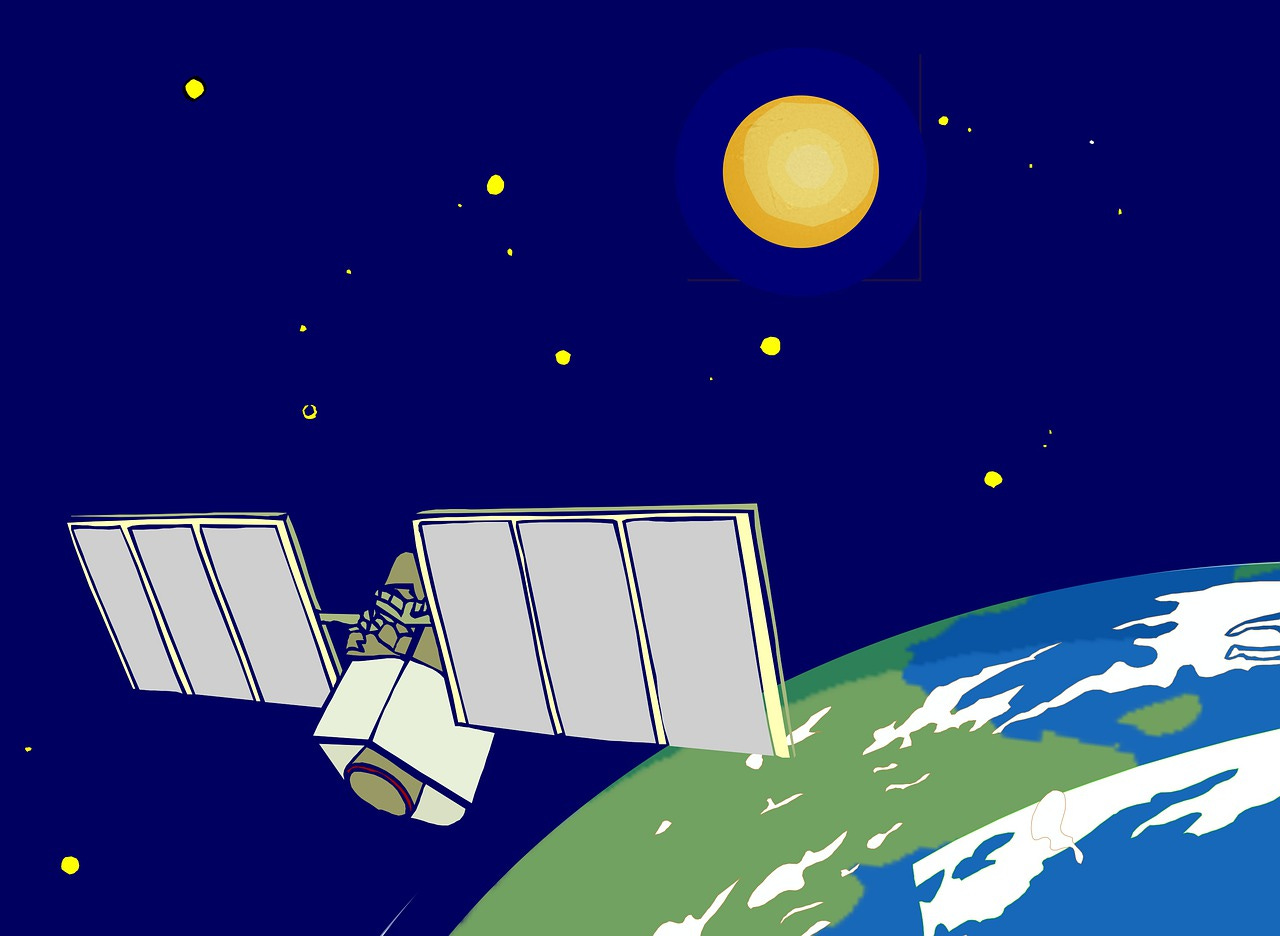Before getting on to the main article I feel the need to share this important research on ‘puppy blues’. The strange expression could give the impression that it’s the puppy that gets the blues, in fact, it’s their human companions. It seems that the humans get the blues because of the physical exhaustion that comes with having to feed, walk, train, and clean up after their new puppy pet. People also get emotional burnout from all the stress.
Research has estimated that unwanted behaviors (again, primarily aggression) were the cause of 33.7% of dogs who were euthanized before three years of age (Boyd et al., 2018).
So, people get a puppy, they then get ‘puppy blues’, and a third of the puppies get killed. There aren’t any solid figures on the number of puppies who get left in animal sanctuaries. What is interesting however is that 20% of dogs from these centres that get re-homed get brought back.
You’ll maybe want to read the research so here are a couple of links. 1 2
Onto the main theme.
The Earth’s atmosphere is quite important to all forms of life living on Earth. This goes without saying but it’s worth reminding ourselves from time to time.
Some of the people living on the surface use the Internet and here’s a breakdown of what we get up to.
Around 30-35% of internet traffic is dedicated to platforms like Facebook, Instagram, and TikTok.
Approximately 25-30% of usage goes to video streaming services like YouTube and Netflix, as well as online gaming.
Roughly 10-15% of internet activity involves online shopping and related activities.
About 10% of internet use is for academic research, online courses, and general information searches.
5-10% of internet traffic is related to adult content.
Email, messaging apps, and video calls account for around 10-15%.
Around 5-10% of internet use is for accessing news and current events.
We can see that the most popular uses are chatting, shopping, and watching films.
So that people can chat, shop, and stream, thousands of satellites get flung up into low Earth orbit (LEO, around 550 km altitude). SpaceX has around 5,438 Starlink craft in orbit, they’ve got approval to chuck another 12,000 up there and aim to expand to 40,000. They go up with a bit of fuel in them but they have to constantly manoeuveur to avoid each other and other satellites. This, and the need to send up more up-to-date, and heavier, craft, means they only stay up there for, on average, 5 years.
For the SpaceX engineers and, for those of other companies, this isn’t a problem. They are designed to slow down and eventually drop into the atmosphere, burn up, and disappear, demisable, as it’s called.
However, like the person who ate too much starchy food before going to the sauna, they leave stuff behind. Lithium, aluminium, copper, lead for example. NASA found that a 550-pound satellite releases about 30 kilos of aluminum oxide nanoparticles during reentry. There’s a lot of sulphuric acid up there and the satellite particles get mixed in with these aerosols. Over the next few decades, and probably much sooner, up to half of stratospheric sulfuric acid particles could contain metals from reentry.
This is very likely going to change the optical properties of the stratosphere by making it more reflective. This will cool the Earth down. At the same time, rockets inject about 1,000 tons of soot per year into the upper layers of Earth's atmosphere. I should point out that the stratosphere is unaffected, as far as we know, by human pollution, it was pristine. The soot absorbs heat and makes the layer warmer. The exhaust gases from rocket launches are already known to be damaging the ozone layer which, as we know, isn’t a good thing.
We mine the Earth for aluminium, titanium, copper, gold, silver neodymium, terbium, dysprosium, lead, and lithium. We shoot it up into space for 5 years and then it gets left in the stratosphere. This would seem an unusual way of using limited and difficult-to-extract and refine resources. But it does mean that we can chat, shop, stream, watch porn, and more.
Donald J. Kessler and Burton G. Cour-Palais
They were worried about the number of satellites in low Earth orbit back in 1978. They came up with the Kessler syndrome, think highway pile-up if you like. One person causes an accident that ends up being a massive pile-up. The road gets blocked for hours while it all gets cleaned up. Now imagine the same scenario in LEO with the thousands of satellites, about 99% of the stuff we’ve launched up is still there. The Kessler syndrome is a projection that if we get a massive pile-up of satellites hitting each other there would be so much debris that future launches would be impossible. A domino effect with runaway feedback. Some people wonder if this might be why we haven’t yet found any sign of ‘aliens’, the old Fermi paradox. Maybe they did what we are probably going to do, make it impossible to leave the planet without being destroyed by a 1kg object shooting along at 10 km/s.
A scenario that seems to be getting more and more likely is the advent of a war between so-called major powers. Cutting submarine internet is already a thing, tests have also been carried out to see how easily a satellite could be destroyed. The USA has done it and so have the Chinese and Russians. They tested destroying their own satellites, a Kessler syndrome and a locked-in Earth would be the inevitable consequence of a ‘space war’.
Anyway, before the stratosphere gets shinier and warmer, before the ozone layer gets too damaged, and before the Earth goes into a centuries-long lockdown at least we can chat, shop, stream, and read articles.







Good detailed analysis. Difficult to know what to do about it. The Kessler effect and cutting submarine cables both feature in Konsk as parts of the cascade of challenges that may well overwhelm us.